The Women & Girls Index
Updated annually since 2019, the Women & Girls Index (WGI) tracks the landscape of women’s and girls’ organizations in the United States.
The only comprehensive data on charitable organizations dedicated to women and girls, the Women & Girls Index (WGI) tracks the landscape of women’s and girls’ organizations in the U.S., including the amount of philanthropic support they receive from individuals, foundations, and corporations.
This page includes a link to a searchable database of organizations included in the WGI, key statistics from the research, research reports and news articles on the WGI, and FAQs about the Index.

Search for women's and girls' organizations
You can search the WGI for organizations based on criteria like keyword, focus area, and geographic location.
Women & Girls Index Resources
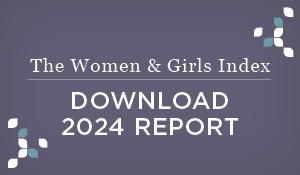
Women & Girls Index 2024
Research Brief

Women & Girls Index 2024
Infographic

Women & Girls Index 2024
Dataset
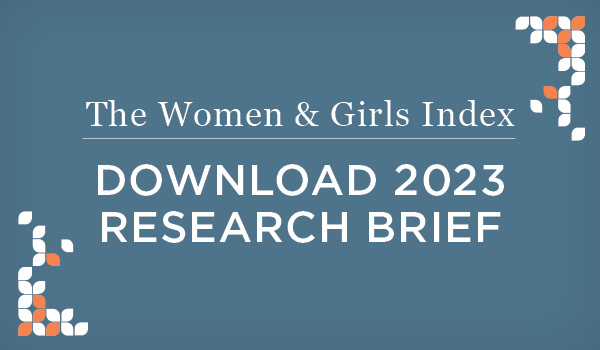
Women & Girls Index 2023
Research Brief

Women & Girls Index 2023
Infographic
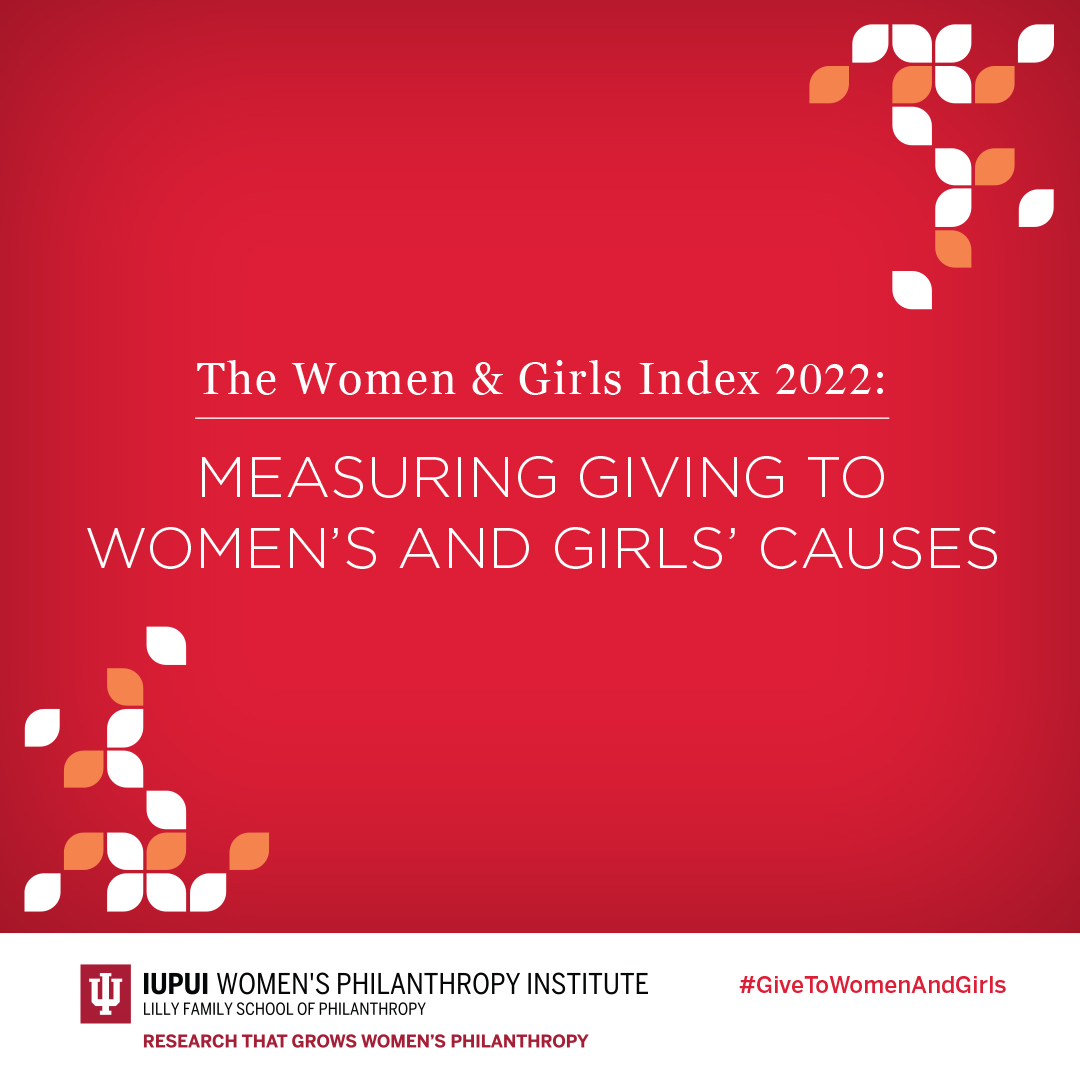
Women & Girls Index 2022
Research brief
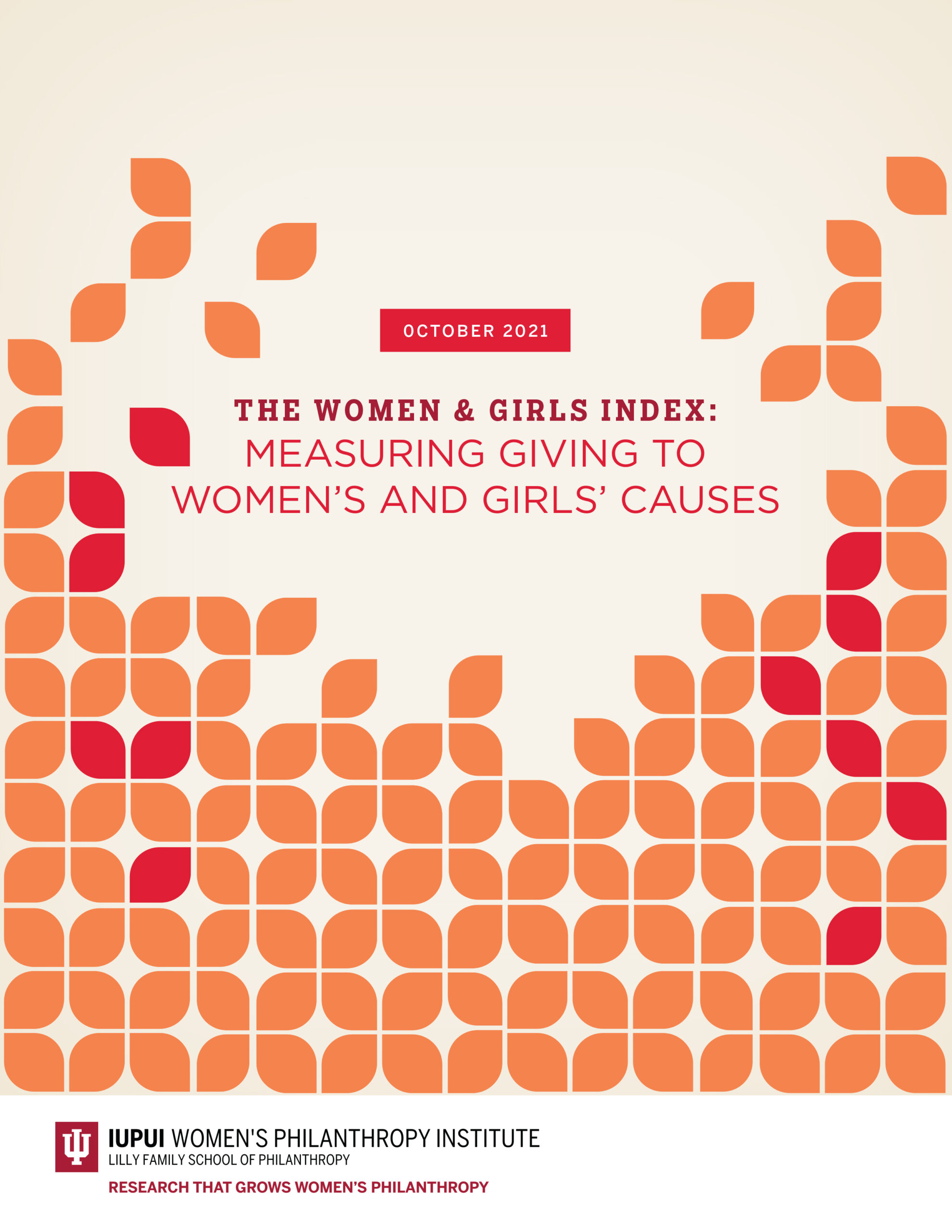
Women & Girls Index 2021
Research report

Women & Girls Index 2021
Infographic

Women & Girls Index 2020
Research report

Women & Girls Index 2020
Infographic
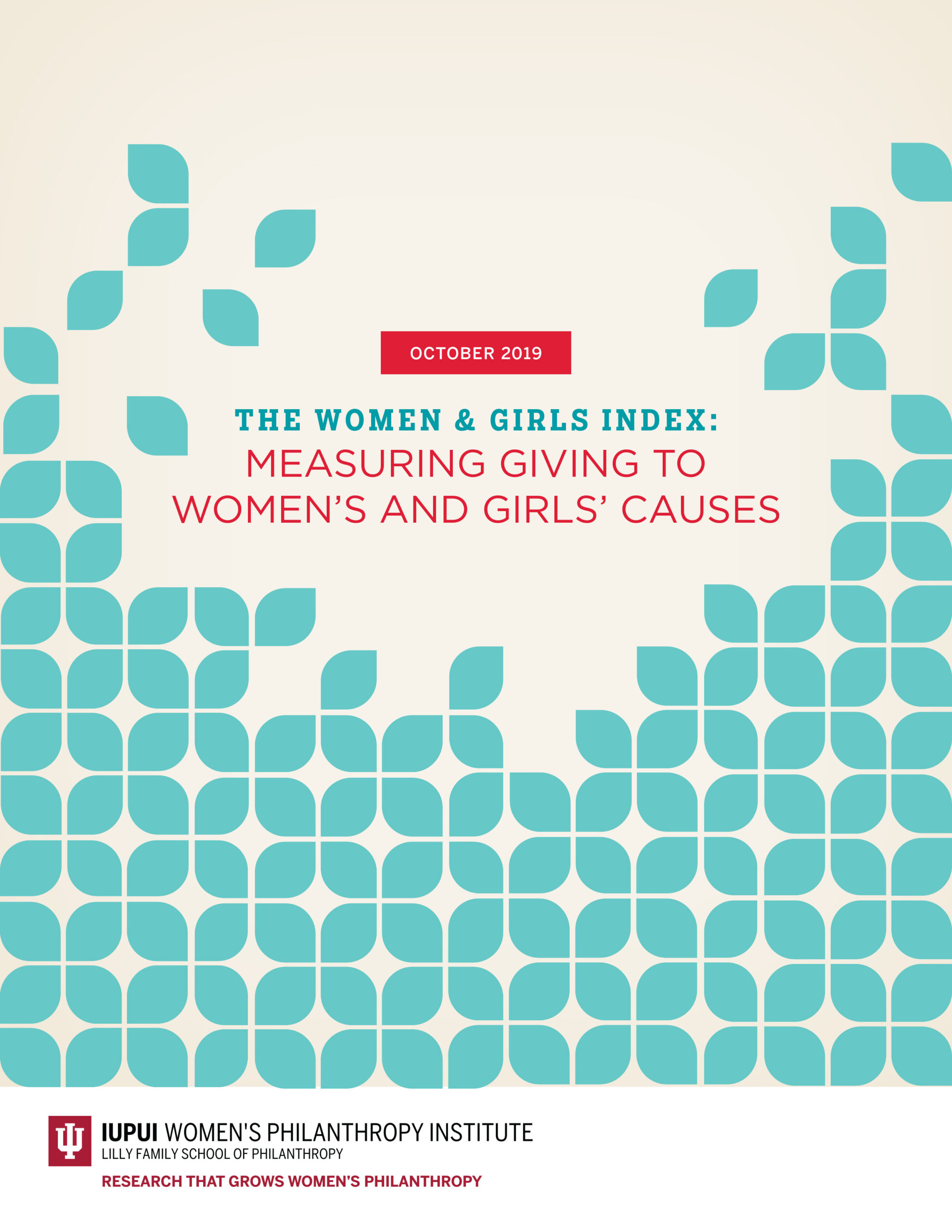
Women & Girls Index 2019
Research report

Women & Girls Index 2019
Infographic
The Women & Girls Index in the Media

How - and how much - women give is changing the philanthropic landscape
The Philanthropist Journal

A fundraising day devoted to women is a necessary step, but just the beginning
Philanthropy Women

How to give back in a more focused way - and stretch your charitable impact
Shondaland
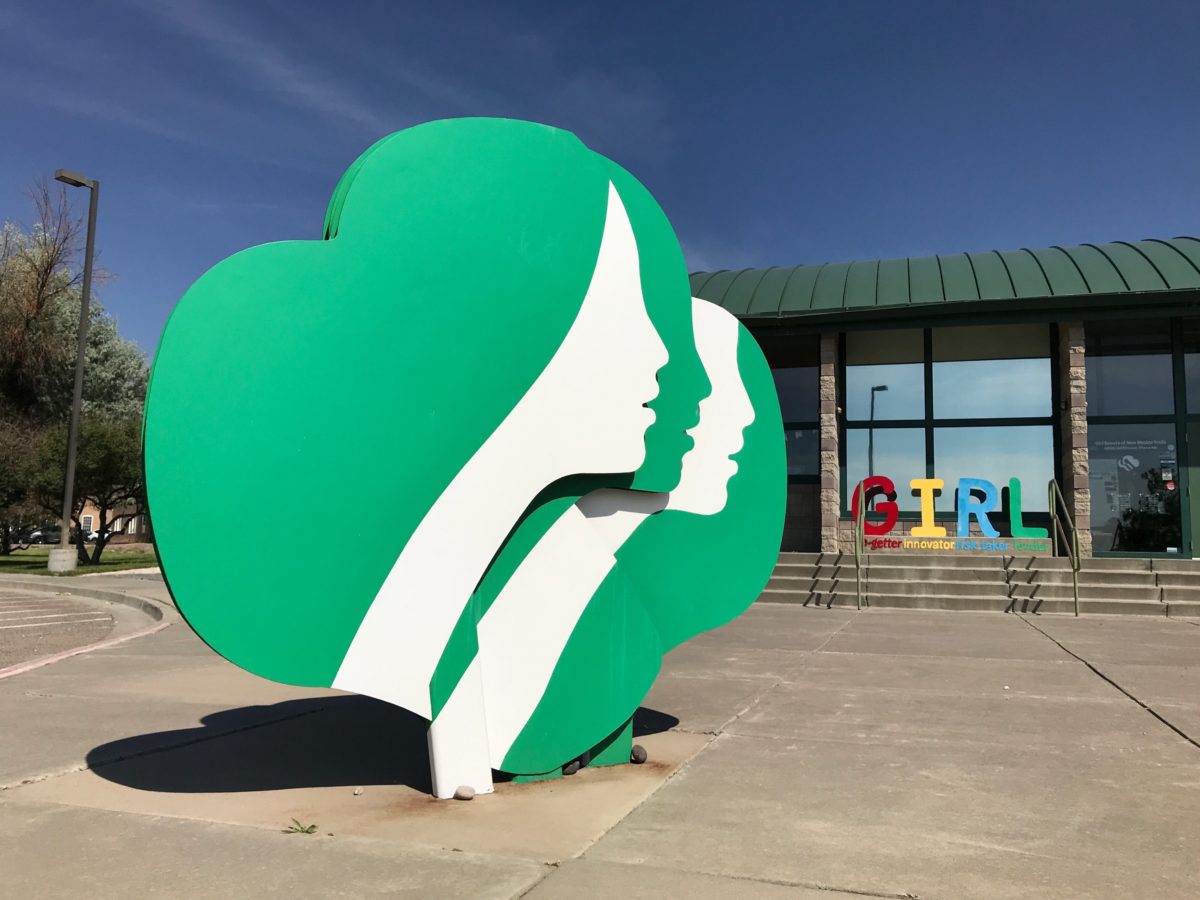
Philanthropist MacKenzie Scott gives Girl Scouts $85M
PBS NewsHour
Women & Girls Index FAQs
Who developed the Women & Girls Index? How is it funded?
The WGI was developed by the Women’s Philanthropy Institute (WPI), part of the Indiana University Lilly Family School of Philanthropy at IUPUI. WPI increases understanding of women’s philanthropy through rigorous research and education, interpreting and sharing these insights broadly to improve philanthropy. Research reports and other resources are available at https://philanthropy.iupui.edu/WPI.
The WGI was developed and initially maintained thanks to funding from the Bill & Melinda Gates Foundation. In 2023, the WGI became part of the School’s Equitable Giving Lab, funded by Google.org.
What data are used to compile the Women & Girls Index?
The latest version of the WGI, published in October 2022, provides data from circa fiscal year 2019 – the most recent year for which more than 99% of finalized IRS data on charitable organizations was available as of January 2022. Previous or subsequent fiscal year information was used when 2019 data was unavailable.
Several data sources form the basis of the WGI, the most important of which are e-file Internal Revenue Service (IRS) data available on Amazon Web Services that provide details for 338,514 charitable organizations filing IRS Forms 990 and 990-EZ electronically circa fiscal year 2019. These data were supplemented with 70,088 digitized Form 990 paper returns provided by Candid (formerly GuideStar) and 8,994 Form 990 and 990-EZ returns from IRS Return Transaction Files (RTF). For organizations not filing an IRS Form 990 or Form 990-EZ, a combination of 562,833 charitable organizations filing Form 990-N and 414,648 “non-filing” registered charitable organizations were used to gather further information on typically smaller and religious organizations, for a total population of 1,395,077 registered 501(c)(3) domestic charitable organizations. Non-filing organizations are defined as registered tax-exempt organizations that did not file any type of Form 990 between the fiscal years ending in 2017 and 2019, most of which are religion-related charitable organizations exempt from annual 990 filing requirements.
What years of data are included in the Women & Girls Index? Why does the data stop at 2019?
The latest WGI research findings and list of WGI organizations are based on data from eight years—2012 to 2019. This period includes events like the 2016 presidential election and 2017 Women’s March, which spurred charitable giving to causes like reproductive rights and equal representation. This period also captures philanthropic support motivated by the #MeToo movement, which began in late 2017 and continued into 2018 and 2019. The research findings do not include charitable giving in response to more recent events like the COVID-19 pandemic and ensuing economic downturn—which have disproportionately impacted women and girls—nor the widespread racial justice protests that occurred in 2020. The findings also do not capture giving in response to the 2022 Dobbs decision that overturned Roe v. Wade. Philanthropic support for women’s and girls’ organizations resulting from these events will be included in future updates to the WGI.
When data collection for the latest WGI began in January 2022, 2019 was the most recent year for which more than 99% of finalized IRS data on charitable organizations was available.
How are women’s and girls’ organizations defined?
To be included in the WGI, organizations must either be:
- Dedicated to serving primarily women and girls (for example, Planned Parenthood and Girls Inc.), or
- A collective of women and girls that serves general philanthropic purposes (for example, Junior League and women’s auxiliaries).
This definition may seem straightforward, but measuring giving to women and girls is quite challenging since many charitable organizations have multiple programs that serve different populations. As such, the Women’s Philanthropy Institute (WPI) exercised a certain degree of judgment in creating the WGI. For example, organizations that mainly serve survivors of domestic violence and sexual assault are included in the Index. While men, boys, and non-binary individuals are also impacted by domestic violence and sexual assault, the vast majority of those who receive services from organizations dedicated to these issues are women and girls. On the other hand, organizations that serve a relatively equal number of women and men and boys and girls, as well as non-binary individuals, are not included in the WGI. Boys & Girls Clubs and Big Brothers Big Sisters, for instance, are excluded because the majority of their programming is designed for youth of all genders.
How were women’s and girls’ organizations identified to be included in the Index?
Informed by a review of the relevant literature and published organization listings, the researchers developed initial sets of inclusionary words and phrases (key words), exclusionary words and phrases (stop words), and other selection criteria to establish logical “rules” to identify potential women’s and girls’ organizations for the inaugural Index in 2019. Generating the final set of nearly 100 rules was an iterative process. Initial sets of rules were first applied to organizations’ names, mission statements, and other identifiers. Manual verification of a random sample of the results led to modification of the initial rules and the creation of new rules. For most rules in the final set, a minimum of 100 organizations were hand-checked to confirm the accuracy of at least 80% of the organizations captured through each unique combination of keywords, stop words, and other criteria.
Following the verification process developed in 2019, the final set of rules were applied to the full population of charitable organizations for multiple years (2012–2019), resulting in an expanded set of 60,436 WGI organizations in 2022. The difference between this number of organizations on the full WGI list and the 48,395 organizations identified in the analysis of 2019 data are organizations that are present in another year of the data but lack information for 2019. In total, approximately 12,515 possible organizations were hand-checked from 2019 to 2022, including verification of more than 90% of total WGI revenue and assets. Of those organizations, 846 were hand-checked for the updated 2022 Index, with priority given to those organizations with larger contributions, revenue, expenses, or assets.
The final set of WGI rules and their sequencing are available upon request. The rules generally fall into the following 16 categories (exclusionary rules not shown):
- General women’s health
- Reproductive health and family planning
- Family and gender-based violence
- Women’s and girls’ education
- Women’s and girls’ human services
- Women’s and girls’ human services
- Women serving women and girls
- Women’s and girls’ international
- Women serving the general population
- Women’s and girls’ sports, recreation, and youth development
- Women’s and girls’ civil rights and advocacy
- Women’s and girls’ public-society benefit
- Women’s and girls’ religion
- Women’s and girls’ arts and culture
- Women’s and girls’ environment and animals
- General women and girls
To measure philanthropic support for WGI organizations, the direct support value was used for charitable organizations filing IRS Forms 990 (Part VIII, Lines 1b, 1c and 1f). Total contributions, gifts, and grants were used for organizations filing Form 990-EZ (Part I, Line 1). A direct contribution per organization estimate for each filing was used for those filing Forms 990-N (based on the average direct support value among Form 990 and Form 990-EZ filing organizations with less than $50,000 in revenue for the same filing year). No direct support estimate was used for non-filers.
Why isn’t a specific organization included in the Women & Girls Index?
Organizations may not appear in the WGI for a number of reasons. The most common reasons include:
- They do not primarily focus on women and girls (approximately 80% or more of program expenses).
- They were incorporated after 2019.
- They are part of a larger organization that does not primarily focus on women and girls (for example, women’s funds or foundations housed within community foundations).
- They are not 501(c)(3) public charities (for example, 501(c)(4) nonprofits or private foundations).
- They are not incorporated as nonprofits (for example, informal organizations or private companies).
- They are not based in the United States.
If the above reasons do not apply to your organization and you believe it should be included in the WGI, please contact jjbergdo@iupui.edu.
What limitations does the Women & Girls Index have?
Despite extensive effort, there are certain caveats to the research due to the subjective nature of identifying and classifying organizations dedicated to women and girls, as well as data and resource limitations. While more than 90% of the total revenue represented in the Index was manually verified, the majority of WGI organizations were selected and categorized by rules alone, and therefore subject to rule errors. Additionally, organizations were only hand-checked for inclusion in the Index, not for alignment with the specific rule categories. The researchers expect error rates to be minimal, but these factors could potentially affect the accuracy of dollar estimates for the Index and the rule categories.
The datasets used to generate the WGI do not include financial data on religious congregations or any data on private foundations, although efforts were made in 2020 to verify that private foundations primarily supporting women’s and girls’ organizations are limited. The Index tracks total philanthropic support for WGI organizations; the data cannot be disaggregated by funding source (e.g., individuals, foundations, corporations). Although WPI recognizes the importance of intersectional identities, the data on WGI organizations also cannot be disaggregated based on more specific demographics (e.g., women and girls of color, LGBTQ+ women and girls, women and girls with disabilities).
How should the Women & Girls Index be cited?
The Women’s Philanthropy Institute asks that the following citation accompany any use of the WGI research: Women’s Philanthropy Institute, Indiana University Lilly Family School of Philanthropy and DataLake Nonprofit Research. (2022). Women & Girls Index [Data file].
#GiveToWomenAndGirlsDay is on October 11! Fundraisers, donors, or anyone interested in driving more charitable giving to women’s and girls’ organizations can plug into the movement at GiveToWomenAndGirls.Day.


